A successful hunter and/or fisherman needs several knives to efficiently process the catch or the meat harvest. The Bark River Fin and Bone knife is one you should include in your survival/disaster gear.
by Leon Pantenburg
We won’t beat that “What is the one knife that can do it all?” dead horse. Obviously, there isn’t one. Different knives are used for different activities.
So before you invest in any cutlery, here are a few considerations:
- What is the blade going to be used for? A good gutting/butchering knife, with a stiff, four-to-six-inch blade, is probably not the best choice for a fishing knife. You can’t fillet fish all that well with a hunting knife, and a thin flexible filleting knife wouldn’t be the my choice for gutting an elk. Neither is the best choice for wood carving, where you might need a two-inch blade with a four-inch handle. Decide what you will most likely use the knife for.
- Reliability: It goes without saying that any knife associated with the outdoors should be reliable and a sturdy, tough piece of equipment. But in an urban setting, the best survival knife choice might be a small pocket knife on a key chain. Any knife that might end up in a survival situation must have top quality steel and a sturdy handle.
- Ease of carry: A knife that is not convenient to carry gets left behind. Your knife must be handy to pack.
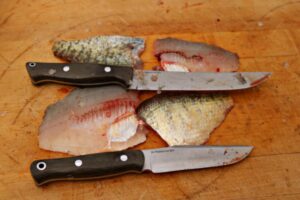
The Fin and Bone, top, and the Ultralite Field Knife made short work of a bunch of panfish.
I generally have several knives with me in the backcountry, and they are in three categories: gutting, skinning and boning. The Bark River Fin and Bone is clearly designed to be a boning/fillet knife.
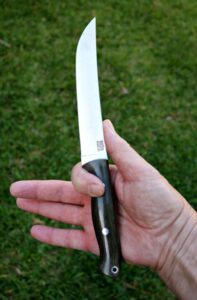
The generous hand is well-designed and fits my hands well.
The difference between a boning and fillet knife is slight – the fillet blade is more flexible to go around fish bones.The boning blade removes meat from bones. Both types are specialty knives, and typically have a long, narrow blade with an upswept point and generous handle. The steel must hold an edge, but not be difficult to sharpen. Because that knife will frequently be wet in hot, humid environments, a rust-resistant steel is preferable.
What characteristics does the best fillet knife have? I have used my Bark River Sportsman for several years for both activities, and it has performed to my complete satisfaction.
Fin and Bone Specs (Courtesy of DLT Trading):
- Overall Length: 10.5″
- Blade Length: 6.125″
- Blade Thickness: .096″
- Handle Thickness: .85″
- Tang: Full
- Blade Steel: MagnaCut
- Weight: 4.7 oz
- Country of Origin: USA
The good stuff:
Point: The right point for the job frequently determines how well the knife will work. On a trailing point, like on the Fin and Bone, the spine curves upward and creates an elevated point that’s higher than the handle. This shape creates an oversized belly that makes these knives good for slicing, skinning and filleting.
For more survival information, check out my book “Bushcraft Basics.”
Blade design: In addition to the trailing point, there is a generous belly, which makes this a good skinning blade. There is also a 4-3/4-inch straight area behind the belly which makes this a good slicer. All this combines to make a superior fillet/boning blade.
Grind: Every blade used to have a convex grind. Basically, that means that the entire blade grind comes down to the edge. The Fin and Bone has a convex configuration, meaning there is no secondary edge that has to be sharpened. In my experience, this makes for superior edge-holding ability and easy maintenance. (Check out this video series on sharpening convex edges!)
Handle: Mine came in green micarta, which is one of my favorite handle materials. It sounds counter-intuitive, but the smooth micarta doesn’t get slippery when wet. In fact, it seems to get almost tacky. I love this safety feature.
Blade thickness: Thank you Bark River knives for making a fillet/boning knife with a practical thickness! This .096-inch blade slices like a laser.
Steel: I’m trying this MagnaCut steel out on a couple of other knives, and I’m really liking it. CPM MagnaCut is a premium stainless blade steel, according to Blade HQ.com. The big selling points of MagnaCut are its high toughness, high wear resistance, and high corrosion resistance. In the heat and humidity of the Deep South where I live, rust on a blade is a very real possibility. So far the steel has held a good edge, despite some hard use.
Easy to sharpen: A fillet/boning knife may be your most-used outdoors knife, and it will get dull at some point. The MagnaCut steel holds an edge very well, but is still easy to sharpen. Once you get the hang of stropping a blade, there is never a problem with maintaining a razor edge.
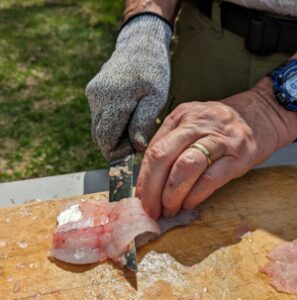
The Fin and Bone works well for filleting fish, even small panfish.
Weight: Because of the knife’s light weight – 4.7 ounces – the Fin and Bone is easy to stow in a duffle bag or tackle box.
Sheath: The Fin and Bone comes with a sturdy leather sheath. I put a D-ring on mine to make it a dangler. The sheath protects the edge and the user.
Ticky, ticky, ticky: I’m not writing advertising copy here. But I can’t find a thing wrong with this knife, and there is nothing that needs to be tweaked. The only improvement I could suggest, for me personally, is a slightly thicker handle. At .85-inch thick the handle will be perfect for folks with average-sized hands. For me, the diameter is just a little small.
Do you need a Fin and Bone? Well, if you hunt, fish, butcher your own meat or anticipate doing so – YES! You won’t be disappointed.
If you would like to book a custom wilderness survival trip down the Mississippi river and learn basic bushcraft skills, let me know. It’s simple for the team at Big River Wild Adventures to put it together and all you have to do is show up. Learn More.
Please click here to check out and subscribe to the SurvivalCommonSense.com YouTube channel – thanks!

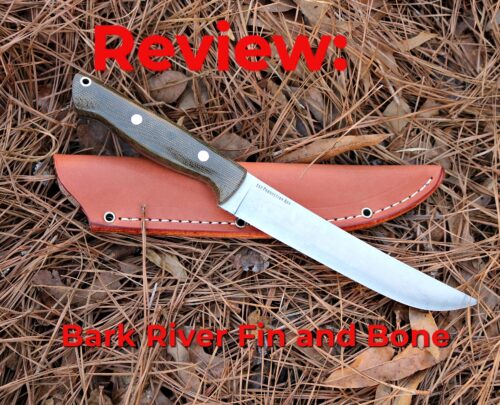
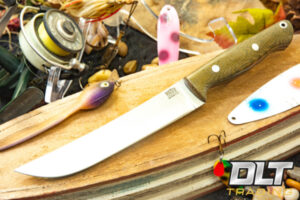
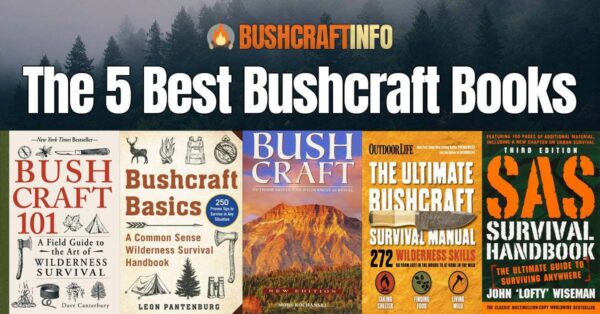
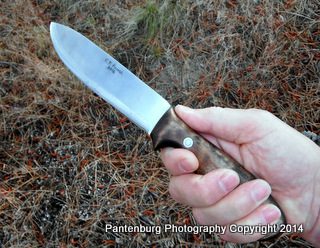
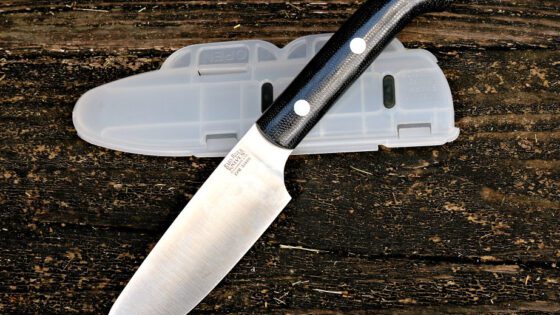
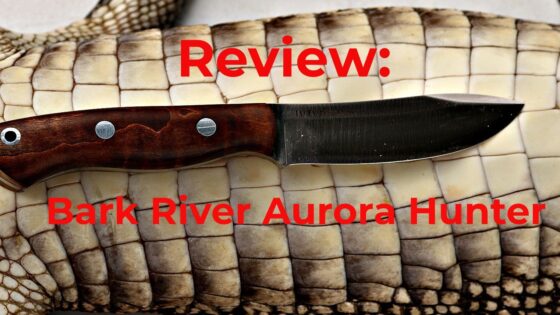
Leave a Reply